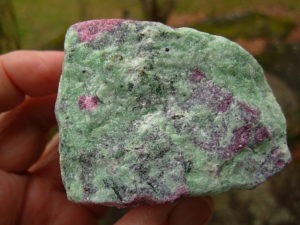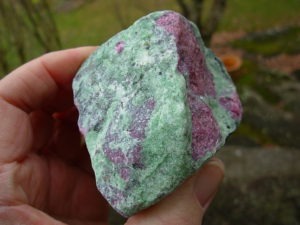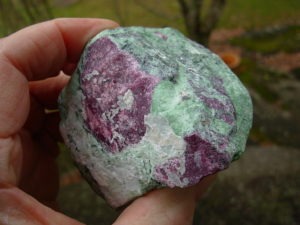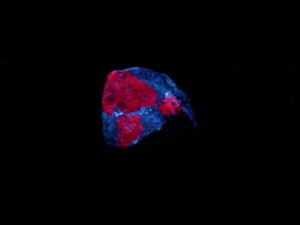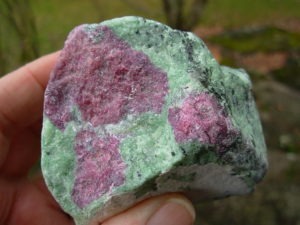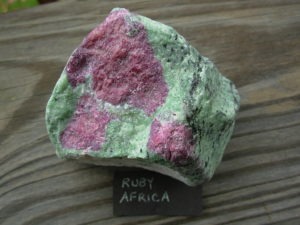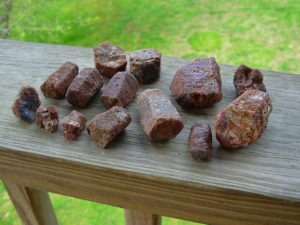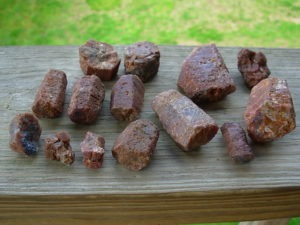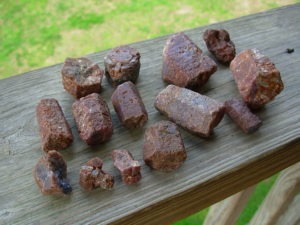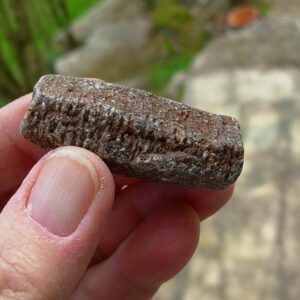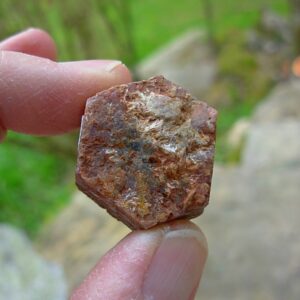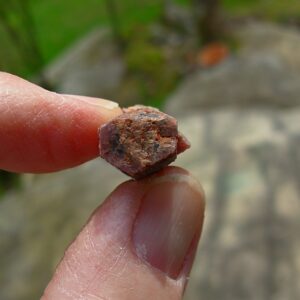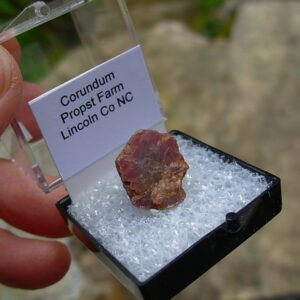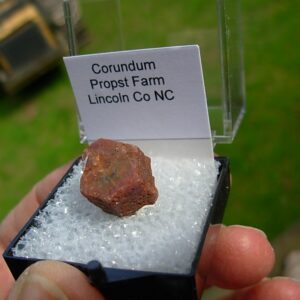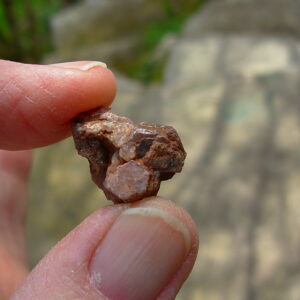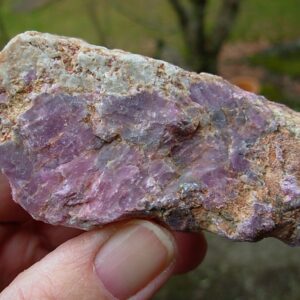Corundums
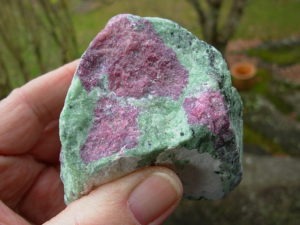
Corundum is a very hard, tough, and stable mineral. It is the second hardest mineral after Diamond. It is unaffected by acids and most environments. Translucent brown and emery are the most common forms of corundum, and due to their hardness and availability are used as abrasives. The term "emery" such as “emery cloth” comes from the corundum variety “Emery” which is mined specifically for its use as an abrasive. Erosion may cause Emery to crumble and form what is called "black sand." The most common varieties of corundum Emery - Black, massive variety of Corundum, with color from Magnetite, Hematite, and Spinel. Padparadschah - Orange-pink gem variety of Sapphire (A very rare and sought after variety) Ruby - Red variety of Corundum Sapphire - Refers to all gem varieties of Corundum, except the red variety Star Ruby - Ruby displaying asterism in the form of a six-rayed star. Star Sapphire – a Sapphire displaying asterism in the form of a six-rayed star.
Corundums are found in Burma (Myanmar), Sri Lanka, (The finest and largest crystallized specimens of gem- quality Sapphire are from Sri Lanka) Thailand, Vietnam , Afghanistan, India, Africa, Madagascar, Tanzania and Canada. In the U.S.A. they are found in Montana, California, North Carolina, New York, and Massachusetts. A well-known Ruby locality is the Cowee Creek District, Macon Co., North Carolina, especially the area of Franklin. Large deposits of Emery were found in New York and Massachusetts. Common Minerals found with Corundum are Calcite, Albite, Muscovite, Spinel, Almandine, Kyanite Corundum can be confused with many minerals, particularly the silicates, but the high hardness and specific gravity of Corundum can easily distinguish it from any mineral. Some corundums are SW Fluorescent.
Ref.
www.minerals.net/mineral/corundum.aspx
en.wikipedia.org/wiki/Corundum,
www.gemsociety.org/article/distinguishing-rubies-pink-sapphires/
Item # RUBZ01176495
Ruby in Zoisite aka Anyolite from Africa

Ruby in Zoisite, also called Anyolite, is a combination crystal that contains both the properties of fiery Ruby and earthy Zoisite. A metamorphic rock known as anyolite consists of green zoisite with black tschermakite and red ruby crystals.
specimen weighs 17.3 oz or 1.08 lbs (490g) and measures 4.3 x 2.6 x 2 inches (7.7 x 6.7 x 5.2cm)
Propst Farm Corundums Lincoln County, North Carolina
For many decades the Propst Farm has been a source of large euhedral corundum (Sapphire) crystals in various colors, including red, pink and deep blue. These colors are often all mixed in the same crystal. The specimens found here are hexagonal form with flat basal pinacoid terminations and textured surfaces composed of many microscopic crystal faces which are beautiful when magnified under light. Corundum was first discovered here as loose crystals in plowed fields and gardens.
When the Propst family stopped farming the land, they began to allow rock hounds to access the fields and adjacent forest to collect for a small fee. Even after Mrs. Propst, became a widow she continued to allow rock hounding on her property. Due to an incident with an individual rockhound club member she banned that individual and also all clubs for a while. She did not like having large groups show up all at once. Mrs. Propst finally allowed individuals and small groups to access the property for a fee of $5 per person
Sadly, Helen Propst passed in December of 2015 and for a while the farm was closed until the estate was settled. Luckily for us rockhounds the farm is once again open for collecting. It is now owned by Ronald Lineberger who allows digging for a fee of $25 per person per day. The farm is on the Startown Road, south of Conover, Lincoln County, North Carolina. The address given by Ryan and Kate Lineberger is 3668 Startown Road Maiden, NC. The Propst Farm also now has a Facebook Page. https://www.facebook.com/groups/propstfarm
The corundums are normally found between 4 and 8 feet down. You will have to remove lots of red dirt and sometimes a greyish-yellow layer close to the corundums. It is hard work and very hot and humid during most of the summer access times. There also may be an abundance of snakes, especially in the springtime. If it is rainy plan to spend lots of time removing water from your dig site. We understand that now if you wish to collect here you must put your fee in the bin in the shed before proceeding to dig. Please be respectful and do not bother the owners (Ronalds house is right next door) and clean up your trash before you leave. Camping is not permitted on site. The approved dig area is easy to see.
Notice effective April 11, 2020
"I have decided to close Propst Farm for digging until further notice. Some do not want to follow the rules and think they control where digging is allowed. After I have time to re-evaluate I may open again. If you had planned to come dig, I am sorry but for now it is not allowed. I appreciate everyone’s patience. To all who have visited and collected some of these great specimens, thank you for your visits. I have been blessed to meet you." Ronald Lineberger Member of Propst Farm since January 1, 2016
-
Corundum Crystal from Transvaal, Africa 24
$59.00 Read more -
Corundum from Propst Farm Lincoln County NC 10
$18.00 Read more -
Corundum from Propst Farm Lincoln County NC 17
$15.00 Add to cart -
Corundum from Propst Farm Lincoln County NC 20
$15.00 Read more -
Corundum from Propst Farm Lincoln County NC 21
$15.00 Read more -
Corundum from Propst Farm Lincoln County NC 18
$20.00 Add to cart -
Corundum from Propst Farm Lincoln County NC 22
$15.00 Read more -
High Grade Rare Ruby Pink Fluorescent Sapphire from India 1
$95.00 Add to cart

